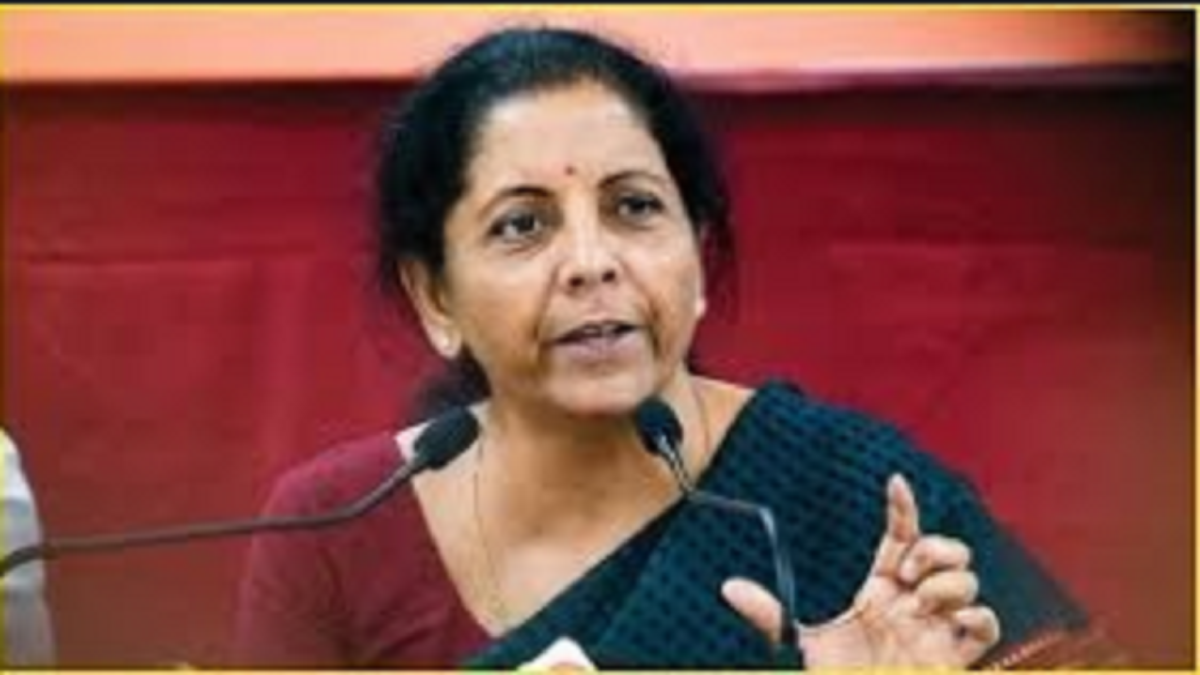Finance Minister Nirmala Sitharaman on Tuesday in a series of tweets clarified that the new rates on GST which came into effect on Monday. The move comes after Lok Sabha proceedings were adjourned on Tuesday amidst opposition protests over GST rates and price rise.
Sitharaman defended the imposition of 5 per cent GST on food articles in her tweets and said that the decision was unanimous by the GST Council and all states were present in GST Council meeting when this issue was presented by the Group of Ministers on Rate Rationalisation on June 28, 2022.
“This decision was a much-needed one to curb tax leakage. It was considered at various levels including by officers, the Group of Ministers, and was finally recommended by the GST Council with the complete consensus of all members,” she said.
In a Twitter thread, Sitharaman said that when the GST was rolled out, a rate of 5% was made applicable on ‘branded’ cereals, pulses, flour which was later amended to tax only such items which were sold under ‘registered’ brand or brand on which enforceable right
was not foregone by the supplier.
“However, soon rampant misuse of this provision was observed by reputed manufacturers & brand owners and gradually GST revenue from these items fell significantly. This was resented by suppliers and industry associations who were paying taxes on branded goods. They wrote to the Govt to impose GST uniformly on all packaged commodities to stop such misuse. This rampant evasion in tax was also observed by States,” she added.
“Items like pulses, cereals like rice, wheat, and flour, etc, earlier attracted GST @ 5% when branded and packed in unit container. From 18.7.2022, these items would attract GST when “pre-packaged and labeled”.
She said that this isn’t the first time that such food articles are being taxed. “States were collecting significant revenue from foodgrain in the pre-GST regime. Punjab alone collected more Rs 2,000 cr on food grain by way of purchase tax. UP collected Rs 700 cr.”
Explaining the GST, she said that when GST was rolled out, a GST rate of 5 per cent was made applicable on branded cereals, pulses, flour. Later this was amended to tax only such items which were sold under registered brand or brand on which enforceable right was not foregone by supplier.
However, she said that soon there was rampant misuse of this provision by reputed manufacturers and brand owners and gradually GST revenue from these items fell significantly.
“This was resented by suppliers and industry associations who were paying taxes on branded goods. They wrote to the Govt to impose GST uniformly on all packaged commodities to stop such misuse. This rampant evasion in tax was also observed by States,” Sitharaman said in a tweet.
The minister wrote that the Fitment Committee which consisted of officers from Rajasthan, West Bengal, Tamil Nadu, Bihar, Uttar Pradesh, Karnataka, Maharashtra, Haryana and Gujarat had also examined this issue over several meetings and made its recommendations for changing the modalities to curb misuse.
“It is in this context that the GST Council in its 47th meeting took the decision. With effect from July 18, 2022, only the modalities of imposition of GST on these goods was changed with no change in coverage of GST except 2-3 items,” she said.
“It has been prescribed that GST on these goods shall apply when supplied in “pre-packaged and labelled” commodities attracting the provisions of Legal Metrology Act,” the minister said.























